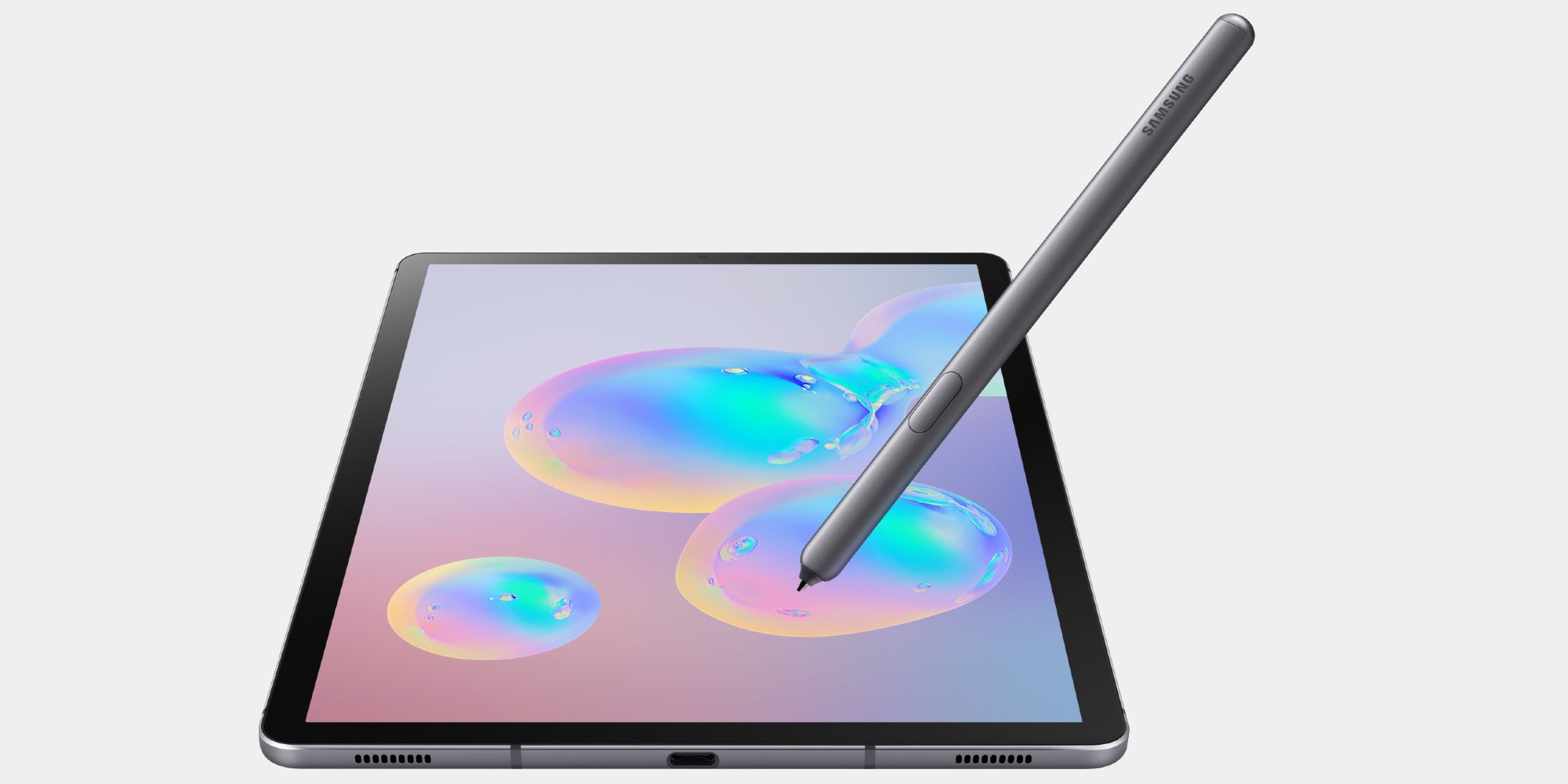Apple’s iPad is the 800-pound gorilla of the tablet market, having dominated with the iPad since its debut in 2010. But the market has a big (and familiar) number two looking to knock down the leader. Samsung continues to pump out noteworthy tablets that are well-positioned to threaten Apple’s hegemony. Its most recent flagship, the Galaxy Tab S7+, packs a Super AMOLED display and Octa-Core processor into a 12-inch form factor. So is Samsung ready to finally overtake Apple?
It’s complicated. The good news: Buoyed by the pandemic and legions of people working from home, tablet sales shot up nearly 14 percent in 2020, according to IDC. However last year’s growth comes after several years of contraction. In 2019, 86 million fewer tablets shipped than five years earlier. So 2020 aside, one could assume that both Apple and Samsung are playing in a sandbox that is only going to get smaller. That leaves two paths Samsung can take if it wants to supplant Apple. It can hone in on the iPad and leach customers from Apple itself, or it can capture users from the pool of Android users who are on devices other than Samsung’s.
If it wants to suck up Android users, the latest version of One UI may just do the trick. One UI is a software overlay to Android that debuted on Samsung devices with Android Pie. More than just a visual layer, One UI allows Samsung to reimagine how you interact with the device — while still retooling the design. Samsung now has control of the user experience beyond just plugging in Android and mimicking the same interface found on most other non-Apple devices.
Samsung S Pen Bundled With Most Tablets

Samsung also can differentiate itself by doubling down on the S Pen stylus. No, Samsung is not the only one to offer pens for their tablets —Apple has a stylus of its own. Samsung includes the pen with most devices, though, something Apple fails to do. By focusing on building a better experience with its pen, Samsung can siphon off Apple users frustrated with the Apple Pencil’s $129 price tag. A bundled stylus can be particularly appealing to creatives, of which there will be many that have been Apple loyalists.
As for other input tools, detachable keyboards provide some of the most interesting happenings with tablets. As tablets have become more powerful, they are encroaching upon the territory of laptops. In fact, many have been left to wonder if the tablet and laptop markets won’t eventually collapse in on one another leaving one category of device. Apple has an iPad keyboard but does not ship it with any versions of the iPad. Samsung has keyboards shipping with some devices but not others. Samsung can define what this hybrid category of devices should look like — and in doing so it should ship a version of its highest-end devices with keyboards.
Samsung would also be wise to continue building upon its relationship with Google. Apple products are known for their integration with other Apple devices creating the Apple ecosystem. Any similar integration on Android devices seems a long way off, but these devices already work seamlessly with Google services, shipping with many of them. Whether it’s Google Workspace or YouTube, tighter integration translates to ease of use and that creates stickiness.
While pandemic-fueled market growth is not guaranteed to continue, there’s much working in Samsung’s favor. It’s not clear that the ease-of-use that has been Apple’s calling card will continue to be a differentiator as user sophistication increases. One thing is clear: whether it continues to accelerate or shows signs of slowing, the tablet market is not going anywhere any time soon, and both Apple and Samsung will have the best seats at the table deciding how it gets divvied up.





